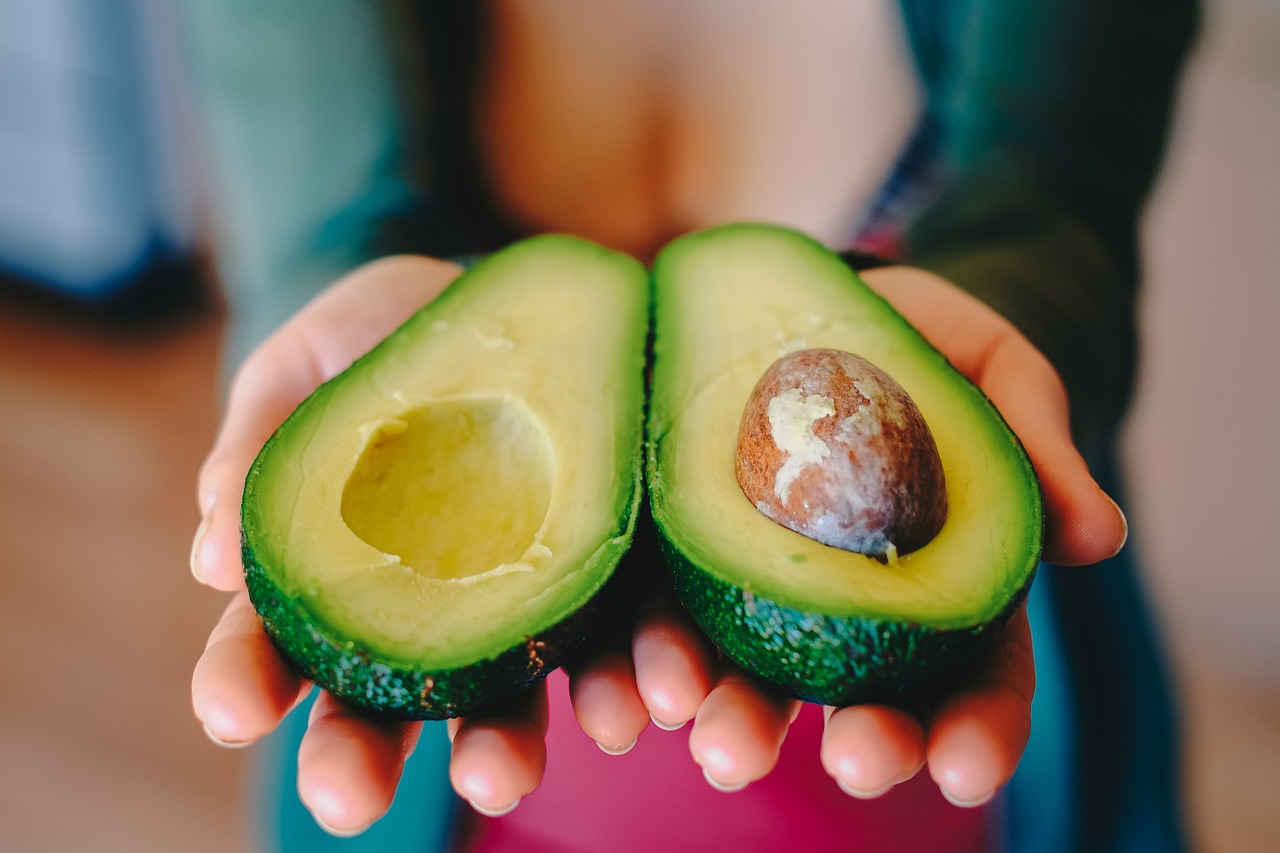The avocado fruit is among the most popular fruits on Earth. It is famous for its oily interior and buttery taste. Having been first domesticated more than 5000 years ago, it has become essential in many people’s dietary needs.
Also called the alligator pear or avocado pear, the avocado has undergone extensive study by scientists, who have done many experiments, including sequencing its genome.
You may be asking yourself these questions: Why is the avocado fruit so popular? What health benefits does the avocado hold? And, are there any secrets ( good or bad) I should know about the avocado? Well, it’s fantastic you stumbled on this article today, as we will dive into 30 facts about the avocado fruit. So, get your taste buds ready as we hop on this ride.
Key Takeaways
- The avocado is a super fruit health experts fawn over.
- With massive health benefits and a rapidly growing industry, the fruit has become one of the most eaten on the planet.
- Below are 30 incredible facts about what makes the avocado fruit so popular.
Taxonomy and Flash Facts
| Kingdom | Plantae |
| Phylum | Magnoliophyta |
| Class | Magnoliopsida |
| Subclass | Magnoliidae |
| Order | Laurales |
| Family | Lauraceae |
| Genus | Persea |
| Species | americana |
| Botanical Name | Persea americana |
| Approximate Market Value | $18 billion (2024) |
| Volume Sold | 1.28 billion kilograms (2.83 billion pounds) as of 2023 |
| Highest Producer | Mexico |
- Name Origin: The word avocado comes from the Spanish word aguacate, which stems from the Mexican word āhuacatl, originating from the proto-Aztecan word auacatl which means testicle
- Most Dominant Region: Central and South America
Description

1. The avocado fruit is a large berry fruit with one seed. It grows on a large tree ranging from about 9 to 20 meters.
2. The fruit has a typical diameter of between 7 and 20 centimeters (3 to 8 inches) and weighs between 100 and 1000 grams (0.22 to 2.2 pounds).
3. The largest avocado fruit ever grown measured a whopping 2.55 kilograms (5.6 pounds), about the size of a 12-year-old’s head. It was cultivated by the Pokini family in Kahului, Hawaii.
4. Though many people think avocados are pear-shaped, the fruit can also be egg and spherically-shaped.
5. As for its exterior, the fruit has a variety of colors, including black, purple, brown, or green. The interior of the avocado fruit is usually golden when ripe; this makes it feel satisfying to eat.
Environmental Conditions for Cultivating Avocado Fruit

6. Most avocados on Earth, about 47%, are cultivated in Mexico because of the country’s specific climate. Other regions where the fruit is grown include Kenya, Dominican Republic, Columbia, and Peru.
7. Avocados thrive in regions with low frost, as heavy wind conditions affect the pollination of flowers and lead to the premature dropping of fruits.
8. However, some, like the Hass avocado, can survive extreme temperatures of up to -1 °C.
9. Besides needing warmer climates, avocados also require a lot of water for cultivation. It takes approximately 70 liters (18 US gallons) of water to grow a single avocado fruit; this extreme water requirement may have negative consequences on the environment, as it could lead to water shortages.
History

10. Though first domesticated about 5000 years ago, people have been consuming avocados for over 10,000 years.
11. Many historians and researchers have pinpointed Puebla, in Central Mexico, as where humans first encountered the fruit.
12. After its discovery, many ancient tribes in Central and South America began revering the avocado fruit. The Aztecs and Mayans saw it as a sacred food and even added it to their calendars.
13. Eventually, the avocado fruit made its way to Europe thousands of years later, as it entered Spain around 1601.
14. The avocado was introduced into the United States around 1833 in Hawaii and Florida. It eventually entered California in 1856.
Sales and Marketing

15. The demand for avocados has skyrocketed since it rose to popularity around the 1980s due to its recommendations in health trends. Since then, it has become one of the largest-selling fruits in the world.
16. As of 2023, the avocado fruit market was worth a staggering $18 billion, and Americans consumed more than 1.28 billion kilograms (2.83 billion pounds) of the fruit.
17. With the staggering numbers, analysts expect the avocado to gain popularity in 2024, with predictions stating there will be more than a 7% increase in revenue growth from 2024 to 2028.
Avocado Nutritional Benefits
The overwhelming popularity of the avocado is attributed to promotion by the massive health and fitness industry. The fruit gained notoriety when people started talking about its incredible nutritional benefits.
18. 100 grams of raw avocado contains about 160 kcal of energy. It is 73% fresh water, 15% fat, 9% carbohydrates, and 2% protein. Besides that, avocados contain vitamins K, B, E, C, and potassium.
19. Avocados are great for the heart as they contain about 76 milligrams of beta-sitosterol, a natural plant sterol that regulates the body’s cholesterol levels.
20. They also contain folate, which regulates the amount of homocysteine in the body, a substance linked to depression and cognitive dysfunction.
21. Folate in avocados is also known to help prevent cancer.
22. Other benefits of the fruit include aiding digestion, helping detoxify the body, and reducing the risks of a miscarriage.
23. Even more impressive about the avocado is the fact that it can protect the body against cardiovascular disease, diabetes, obesity, hypertension, and stroke.

Culinary Benefits
With their meteoric popularity, avocados became a favorite fruit for culinary specialists and enthusiasts.
24. They led to guacamole, a dip used for primarily eating chips, nachos, seafood, eat, tacos, burritos, eggs, and even vegetables.
25. They can also be toasted and used in milkshakes.
Allergies and Toxicity
Though health professionals describe it as a super fruit, avocados are detrimental to some people and animals.
26. Avocado allergies can range from mild to severe. They are triggered by the fruit’s pollen or latex content, which some people react negatively to.
27. The fruit can be deadly to many animals like cats, dogs, goats, rabbits, cattle, birds, fishes, and horses.
Superstition Surrounding the Avocado Fruit

Even with its ubiquity in the US and the rest of the world, there are many superstitious beliefs surrounding avocados.
28. First, people believe they make a person fat. Though the avocado is mainly composed of fat, it doesn’t fatten a person. Instead, it does the opposite, as it’s known to aid in reducing obesity.
29. People also believe babies should not eat avocados. That’s untrue, as it’s perfectly safe for consumption by children.
30. Also, some believe people shouldn’t eat avocados daily. That’s a wrong assumption, and it’s perfectly safe.
Conclusion
We hope you enjoyed learning 30 exciting facts about the avocado fruit. Don’t forget to leave us a comment and share with as many as you like. You can also check out our Axolotl Facts or search our Facts Database.





